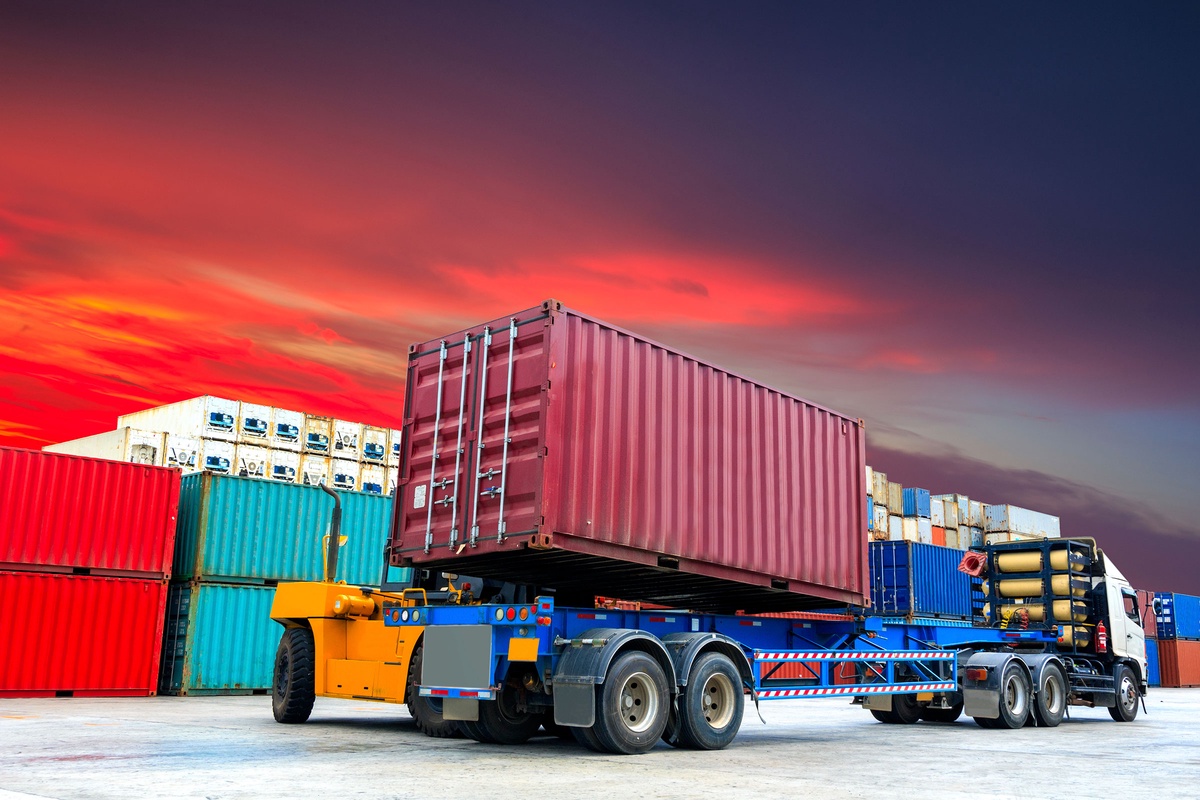Around 80% of international trading or shipment happens on the seas and oceans, using container or cargo vessels. These bulk carriers and container ships must operate efficiently on the seas and in ports to meet an ever-increasing demand. A short vessel turnaround time is a critical component in evaluating port efficiency. For any shipping company, port performance is vital to ensure the movement of shipping happens quickly.
Vessel Turnaround Time or port dwell time is a vessel's overall time at a port. It is calculated from when the ship arrives at the port until it departs. Seaports and terminal operators rely on quick vessel turnaround to remain ahead in the shipping or cargo market. However, prolonged vessel dwell time is expensive and can harm shipping lines and other stakeholders in their supply chains. This post will inform you about vessel turnaround time, what it measures, and how it's affected.
What Constitutes Vessel Turnaround Time?
Many cargo products within the port terminal take overall timing, which is vital for the shipment. So let's take a closer look at how and what vessel turnaround time consists of.
- Waiting for Berthing -
When a vessel arrives, port planners must assign it a berth. Therefore, it is usual to see vessels anchored in port regions during port congestion.
- Berthing -
A vessel must berth to carry out numerous types of tasks. Therefore, berthing time is also factored into a vessel's turnaround time.
- Cargo Loading and Unloading -
Depending on the vessel type, cargo is loaded and unloaded using various port cranes. Containers and breakbulk are examples of cargo.
- Idling -
Vessels can idle for various reasons, including staff rotation, waiting for containers to arrive, and others.
- Other Activities -
Delays incurred by crewing, documentation, inspections, and other activities are factored into a vessel's turnaround time.
What Affects Container Dwell Time?
While port owners and terminals invest extensively in infrastructure, increasing container throughput, and decreasing operational inefficiencies to reduce the overall vessel turnaround time, certain circumstances can have a detrimental impact. Let us look at them more closely.
- Infrastructure at the Port
Only some port are the same size or carry tools. In addition, the shipping port often needs more infrastructure, such as equipment or personnel, resulting in the vessel turnaround time.
- Vessel
Vessel capacities vary and are measured in twenty-foot equivalent units (TEUs). Nowadays, ships can transport anything from 1,000 to 20,000 TEUs. The larger the vessel, heavy the cargo carrying longer it takes to turn around, as loading and unloading tasks take longer.
- Stowage Plan
To create a balance between container discharge and loading activities, vessel planners and port performance teams must work within the required framework of well-established routines.
For arriving and leaving shipments, information flows between carriers and port managers. More efficient stowage designs or storing cargo in the right places might increase vessel turnaround time.
- Congestion
When ports accommodate boats that exceed their capacity or when container traffic is excessive, they can become congested. Port congestion often negatively impacts vessel turnaround times since berthing, container loading, and loading activities are delayed.
- Weather Condition
Weather disturbances like fog, storms, and high winds can also disrupt berthing and loading or unloading operations, resulting in a delay in turnaround time. As a result, specific port or shipping activities must halt until it is safe to resume.
Conclusion
Ports worldwide use various methods, capacities, equipment, and technologies to function profitably and efficiently. A cargo company needs to use the right tool to measure port dwell time, helping for an easy moment and gaining other benefits. Connect with professional company to use right tools for dwell time measurement.


No comments yet